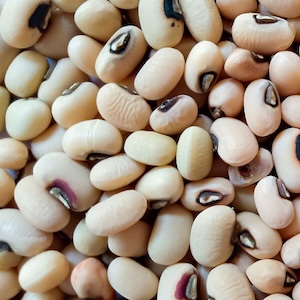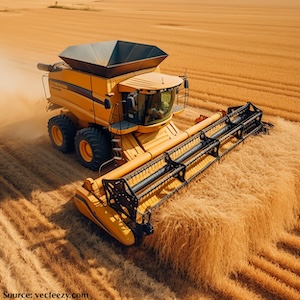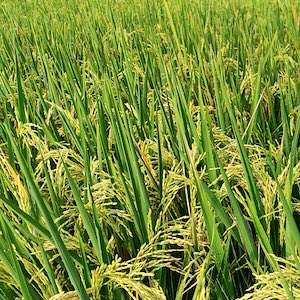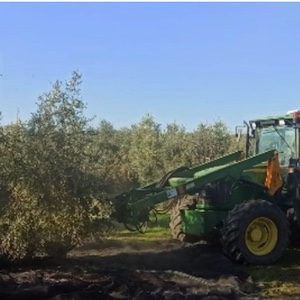Development of a transplanter-based transplanter for vegetable seedlings cultured in a cuttable nursery mat
All claims expressed in this article are solely those of the authors and do not necessarily represent those of their affiliated organizations, or those of the publisher, the editors and the reviewers. Any product that may be evaluated in this article or claim that may be made by its manufacturer is not guaranteed or endorsed by the publisher.
Authors
Vegetable transplanters that are fully automated have been developed to reduce the labor-intensive and yield-influencing process of transplanting; however, the majority of these transplanters are heavy and costly. Based on a traditional Japanese rice transplanter, we created a low-cost, high-efficiency vegetable transplanter in this study. Because a rice transplanter can only be utilized in flooded fields, certain mechanical parts have been adjusted to allow for the transplantation of rice on dry fields. In order to precisely slice the nursery mat one by one without harming the seedlings, the rotor case and end-effector parts were modified. Additionally, a long guide and a leaf spring-type retainer were created in order to securely hold heavier and larger vegetable seedlings than those of rice, and a cuttable nursery mat (CNM) was introduced as a new kind of solid nursery bed. The prototype could transplant up to 250 cabbage plants min−1 row−1 for planting speed of 1.0 m s−1. Conventional plug seedlings (PS) are not as suitable for transplanting and cultivation as CNM seedlings (CNMS). Unlike PS, CNMS were only cultured for a brief period prior to transplantation since the CNM itself has sufficient stiffness, negating the need for root spread. This study is the first demonstration of the possible applications of this rice transplanter- based vegetable transplanting system.
How to Cite

This work is licensed under a Creative Commons Attribution-NonCommercial 4.0 International License.












